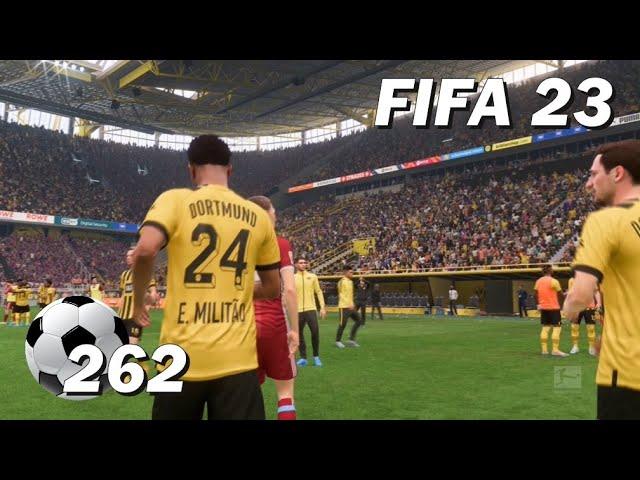Exploring Dortmund: History, Culture, and Football Passion

Introduction to Dortmund
Dortmund, located in North Rhine-Westphalia, Germany, is a city renowned for its unique blend of industrial history, vibrant culture, and rich football heritage. With a population exceeding 600,000, it is one of the largest cities in the Ruhr area and has recently gained attention due to its rapid development and revitalisation efforts. The city’s significance lies in its industrial past, leading role in technological advancements, and, most notably, the presence of Borussia Dortmund, one of Europe’s most famous football clubs.
A Brief History
Dortmund’s history is steeped in coal and steel production, which transformed it into a major industrial centre during the 19th century. The decline of these industries in the late 20th century posed significant challenges; however, Dortmund has since diversely evolved. Through innovative urban development initiatives, various cultural institutions and technologies have been established, showcasing the city’s resilience and adaptability.
Cultural Highlights
The city is teeming with cultural landmarks, such as the stunning Reinoldikirche, which represents Gothic architecture, and the famous Westfalenpark, home to beautiful gardens and the iconic Florianturm tower. Additionally, the Dortmund U-Tower, a former brewery transformed into a centre for art and creative industries, symbolizes the city’s cultural renaissance. The annual Christmas market attracts visitors from all over, offering a taste of local traditions and gastronomy.
Football Passion: Borussia Dortmund
No discussion of Dortmund is complete without mentioning Borussia Dortmund (BVB). Founded in 1909, the club has a storied history and an ardent fanbase, playing their home matches at the renowned Signal Iduna Park, the largest stadium in Germany. During recent seasons, BVB has been a strong contender in the Bundesliga, showcasing young talents and engaging in fierce rivalries, particularly with Bayern Munich. The passionate atmosphere at their matches exemplifies the city’s commitment to football, making it a pilgrimage site for fans worldwide.
Conclusion
Dortmund stands as a testament to transformation, merging its illustrious industrial past with a thriving cultural and sporting present. As the city continues to grow and evolve, it remains significant not only to its residents but also to tourists and sports enthusiasts alike. With ongoing investments in both culture and football, Dortmund is poised for a bright future, promising engaging experiences that resonate with history, arts, and sports.
